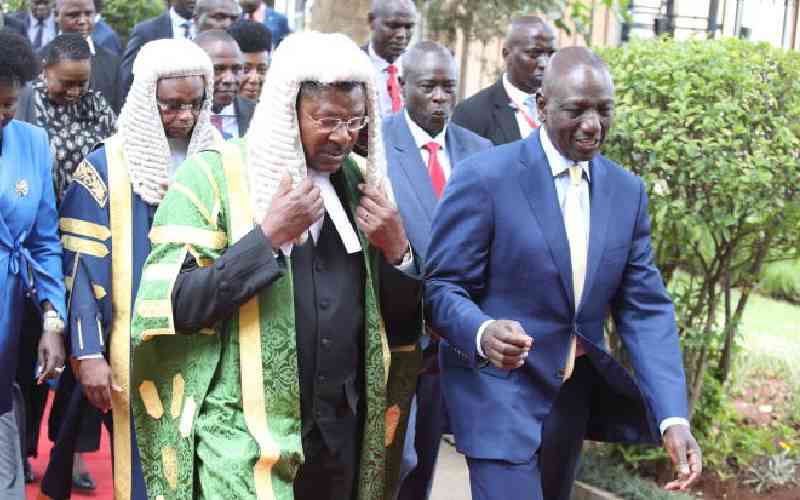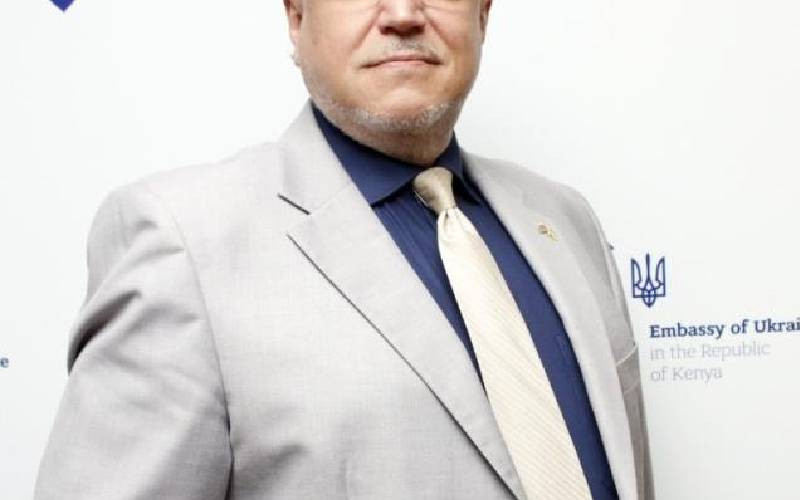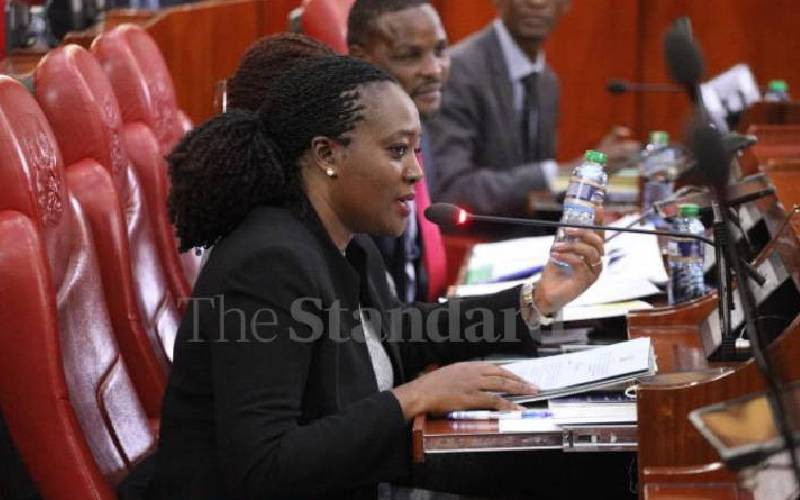Sitting through a recent class on leadership, which remains at the core of effective strategy development and organisational change, I experienced a light bulb moment, which I have since named “linking global knowledge with local experience.”
I could not help thinking about unmet expectations. Clear in my mind was the conflict between parents and children, youth and the older generation. The National Assembly bludgeoning counties for poor management of finances yet in my constituency, Mavoko, I have not felt the Sh102, 903,532 Constituency Development Fund (CDF) allocations for the financial year 2015/2016.
And while memes have been making rounds that the national government has created about one million jobs, some have gleefully retorted that it all must be down to the now infamous Sportpesa betting complex. And some, whenever they have received a copy of the county fiscal strategy paper (CFSP) during the public participation for county budget processes as required by the Public Finance Management Act (2012), have simply asked: “Where are those projects?”
On the other hand, the 30 per cent access to government procurement opportunities by youth, women and the disabled now seems to be a mirage as some within the national government’s procurement system allege absence of funds.
Clearly, therefore, there does seem to be a disconnect between those coming up with ideas that in their minds are brilliant and those who are supposed to be the beneficiaries of the same. That there remains an urgent to align government policies and actions with public needs cannot be overemphasized.
This will require leaders to connect more deeply with the public to uncover opportunities for innovation as well as create and implement solutions that create value for citizens, faster and more effectively, covering technology, product, or service functionality.
How can leaders get citizens to see that they are delivering as a government? How can they create a sense of ownership in development for the people they serve?
To arrive at this stage of consciousness, there is need to meet the electorate and to uncover its needs through design thinking, which is a methodology that aims at finding simplicity in complexity.
As Harold Nelson has noted: “Design is the action of bringing something new and desired into existence—a proactive stance that resolves or dissolves problematic situations by design. It is a compound of routine, adaptive and design expertise brought to bear on complex dynamic situations.”
The first step in design thinking is empathizing, by understanding the challenges faced by citizens.The next step is to define the problem by identifying opportunity areas, and extracting key insights, themes and provocative data that represent the citizens’ challenges.
This stage brings us to the phase where we brainstorm to create wide-ranging ideas to design solutions for the prospect areas.
From the vast ideas produced, there is the prototype stage where the lists of ideas are narrowed down using methods such as voting, categories method or what some have called the bingo method. All this should be done during public participation for a, where citizens provide their input.
Narrowing down of ideas will yield those of high potential for further development. The prototypes can be in the form of physical models, storyboards, role plays and diagrams for the public to fully understand what is in store for it.
Testing is the final step to design thinking, during which citizens determine the viability of the solutions to their experiences.
The purpose of this is to improve the solution and implement an improved prototype, which resonates with the citizens’ aspirations while optimizing human interaction with government service delivery.
Stay informed. Subscribe to our newsletter
 The Standard Group Plc is a
multi-media organization with investments in media platforms spanning newspaper
print operations, television, radio broadcasting, digital and online services. The
Standard Group is recognized as a leading multi-media house in Kenya with a key
influence in matters of national and international interest.
The Standard Group Plc is a
multi-media organization with investments in media platforms spanning newspaper
print operations, television, radio broadcasting, digital and online services. The
Standard Group is recognized as a leading multi-media house in Kenya with a key
influence in matters of national and international interest.
 The Standard Group Plc is a
multi-media organization with investments in media platforms spanning newspaper
print operations, television, radio broadcasting, digital and online services. The
Standard Group is recognized as a leading multi-media house in Kenya with a key
influence in matters of national and international interest.
The Standard Group Plc is a
multi-media organization with investments in media platforms spanning newspaper
print operations, television, radio broadcasting, digital and online services. The
Standard Group is recognized as a leading multi-media house in Kenya with a key
influence in matters of national and international interest.








